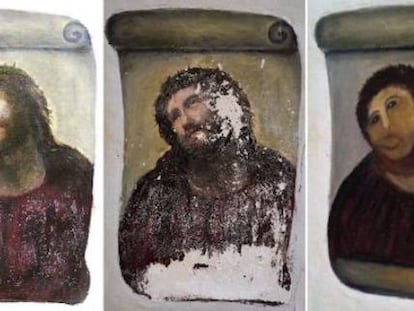The Museum of Comfort: a celebration of Spanish inventions the world couldn’t live without
A slew of objects has been created or improved on by Spaniards, either for the advancement of science or for everyday use. From the engine-propelled submarine to the Chupa-Chups lollipop, these creations are now showcased in a virtual gallery on Instagram
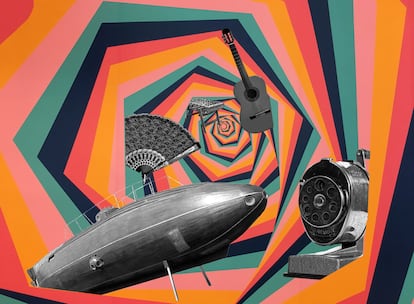
“Let others do the inventing!” wrote the novelist and philosopher Miguel de Unamuno, about what he perceived as his fellow Spaniards’ lack of scientific and innovative spirit in the early 20th century. But Unamuno’s criticism was somewhat wide of the mark as, in fact, much has been invented in Spain, and at times so brilliantly that the result has been adopted globally.
Many of these innovations can now be viewed in a curious virtual museum, the Museum of Comfort, launched by the French carmaker Citroën – its new model, the C4, was designed in Spain – and accessible on Instagram. The exhibition is divided into four sections: comfort, design, technology and electricity – and takes the viewer back several centuries, presenting objects that are now perfectly familiar to us such as the lollipop, the mop, the guitar, the stapler, the penknife, foosball, the submarine, the spacesuit and the fan, to mention a few. The museum is the brainchild of designer Juli Capella (author of books such as Made in Spain) in collaboration with Marisa Santamaría, a trend analyst and director of the RED association of design companies.
“There have always been inventions, but to talk about design as such, we have to focus on the Industrial Revolution,” says Capella. It was then that people began to come up with things without getting involved in production, unlike the basket maker or the potter, who designed their baskets and pots and then produced them themselves. However, the designer who signed his creations emerged during the avant-garde period of the 20th century, especially with the Bauhaus movement, founded in 1919 by the German architect Walter Gropius. Perhaps this is where the current concept of the designer originates. “In Spain, the avant-garde, the design movement, was cut short by the Civil War and the [Franco] dictatorship,” notes Capella. “However, it re-emerged in the 1960s, as development gathered pace after the era of autarchy and poverty.”
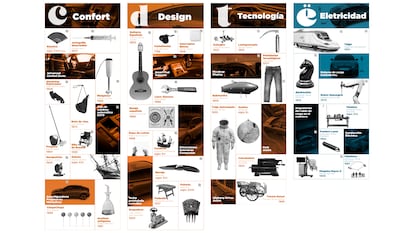
It is during those years that great Spanish innovations began to appear. For example, the Minipimer hand blender, by Gabriel Lluelles, which was eventually bought by the German manufacturer Braun. There was Rafael Marquina’s anti-drip oil dispenser, which prevents us from staining tablecloths when we dress our salads. And there was also the Chupa-Chups lollipop invented by Enric Bernat who introduced an alternative way of enjoying candy without getting sticky fingers. Or the mop that came about when Manuel Jalón realized that attaching a stick to a floor cloth could avoid a lot of sore backs and knees. “You can always perfect a design,” says Capella. “But the mop is so perfect that it’s practically still being produced as it was when it was invented.”
As human knowledge is cumulative, in addition to original Spanish designs, this virtual museum showcases famous redesigns that took place in Spain based on an original from elsewhere, such as the hand fan. “It is originally from the East, but it came to Spain because of intense trade with the Orient,” says Capella. “A Royal Fan Factory was set up here and the hand fan as we know it was conceived, with its slats and its fabric, which became popular throughout Europe.” This is also true of the Spanish guitar, which is based on the multitude of string instruments that circulated in the Middle Ages and during the Renaissance. Meanwhile, the gyrocopter – a form of aircraft with freely rotating horizontal blades and a propeller – designed by Juan de la Cierva, was a “necessary precedent,” in Capella’s words, to the invention of the helicopter.
The most recent design on display is the surgical arm, created by the Maimonides Institute in 2015. This is a robot that reduces costs and allows a surgeon to operate with 3D glasses.
So where is Spanish design heading now? “There has been a great deal of evolution between the end of the 20th century and the beginning of the 21st,” says Santamaría. “We have new generations of designers who have been trained abroad, who are familiar with the international scene and who can also work from rural or peripheral environments while remaining open to the whole world.”
Spanish companies are increasingly incorporating design into their activities, often using, for example, Design Thinking – a designer’s problem analysis tool. According to experts, the previous crisis marked a turning point and companies began to realize the importance of exports, of improving their products and packaging as well as designing new procedures for distribution and logistics. “We have always considered design as an added value,” says Santamaría, “but the word ‘added’ is now superfluous.”
Meanwhile, society increasingly understands the essence of design. “Design has been misunderstood, and we designers are to blame,” says Capella. “In the 1980s, design was sold as something bizarre and expensive, for snobbish people.” But, as demonstrated in this virtual museum, design permeates everything and influences everyday life. “Just look at the paper clip, which is an incredible design,” he says. “Is it expensive? Is it signature? Is it outlandish?”
What Spanish design is missing is its own narrative. “Italian design, for example, has it, as does Nordic design,” Santamaría points out. “In some countries, they have public institutions especially focused on design, something that is missing in Spain. We have to generate a narrative for Spanish design.” Although there is a lot of talent and creativity, there is also a lack of coordination between designers and industry, and between creation and production. More support from the public sector is also required.
Unamuno used to say that when “they” invented, the Spanish would benefit. As a matter of fact, much of the world has benefited from Spanish creations.
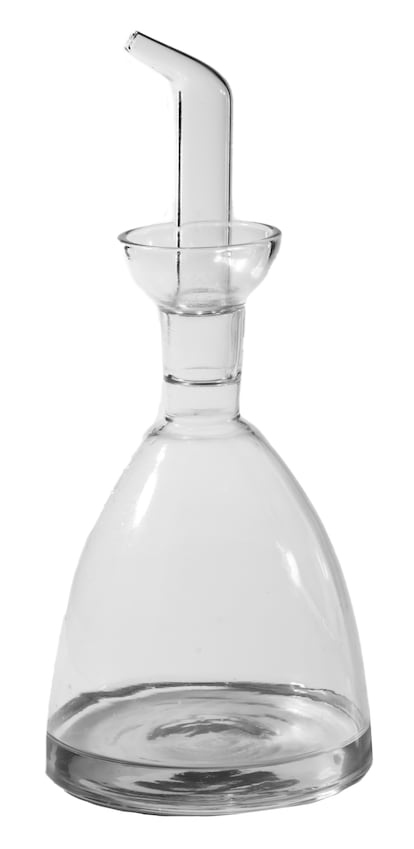
The anti-drip oil dispenser
Invented by Rafael Marquina in 1961.
Architect and designer Rafael Marquina’s anti-drip oil dispenser is one of the simplest, most brilliant and duplicated inventions in the world. Until it was invented, it was practically impossible to pour oil without it dripping onto surfaces.
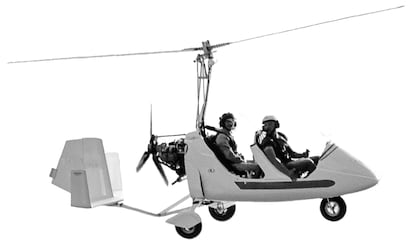
The gyrocopter
Invented by Juan de la Cierva in 1923.
Besides being an aeronautics scientist, a civil works engineer and an aviator, Juan de la Cierva was one of Spain’s greatest inventors. To him, we owe the convenience of one of the most practical modes of transportation ever invented. When the Murcia inventor developed the articulated rotor that became a key aspect of the helicopter, he did not have much confidence in this system because he thought it was prone to accidents.
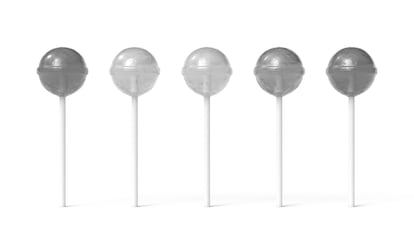
The Chupa Chups
Invented by Enric Bernat in 1959.
One of the most popular yet simplest inventions in our history took place in 1959 when Enric Bernat, a confectioner and baker from Barcelona, went around the world with a piece of candy stuck to a stick bearing a Salvador Dalí logo. Making the world an easier place doesn’t always have to be difficult.
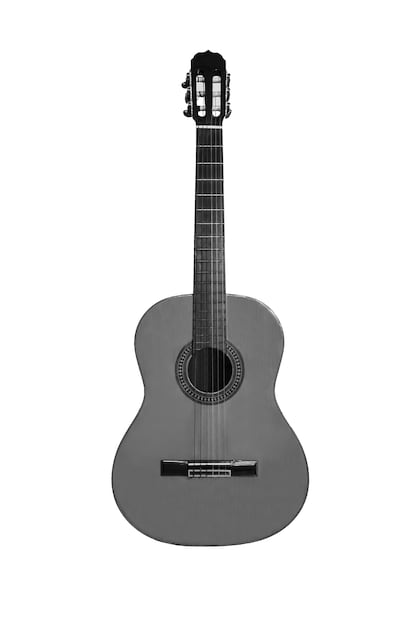
The Spanish guitar
Invented by Antonio Torres Jurado in 1850.
The classical guitar was designed in Spain between the 13th and 17th centuries, but it was in the mid-19th century that Antonio Torres came up with the design that is still used today, with curved lines designed to fit the shape of the guitarist’s body. There are still different legends about the origin of the first guitar.

The Minipimer blender
Invented by Gabriel Lluelles in 1959.
With this simple gadget, Lluelles managed to significantly improve home cooking in Spain. The success of the device was such that it spread to several European countries after being snapped up and produced by the German company Braun.
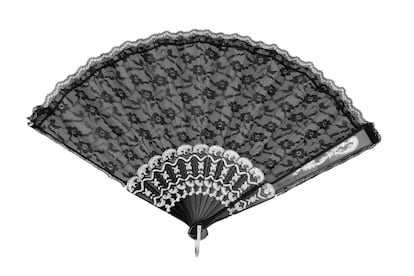
The hand fan
Invented in Japan in the 7th century, it took off in Spain in the 14th century.
The fan was ideal for the Spanish climate and it evolved in leaps and bounds when it became fashionable among the aristocracy, prompting the establishment of a Royal Fan Factory in the 19th century. Immortalized in paintings from Velázquez to Picasso, it is also an iconic element of flamenco performance.

The crank pencil sharpener
Invented by Ignacio Urresti in 1945.
Although his was not the first pencil sharpener in history, Urresti’s version, which used a crank that was turned by hand and was inspired by the coffee grinder, is much more comfortable to use.
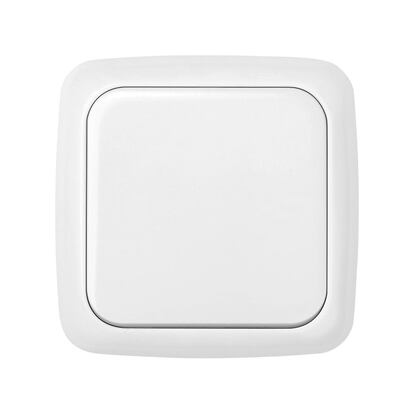
The Simón light switch
Invented by Arturo Simón in 1925.
At the start of the 20th century, another of Spain’s creative brains had a light bulb moment and came up with his own trademark rocker-type light switch. More than 100 years later, the Simon company continues to be a leader in useful and avant-garde electrical materials. Its model 31, created in 1978, with its characteristic curved corners, has been a part of daily life in Spain for several generations.
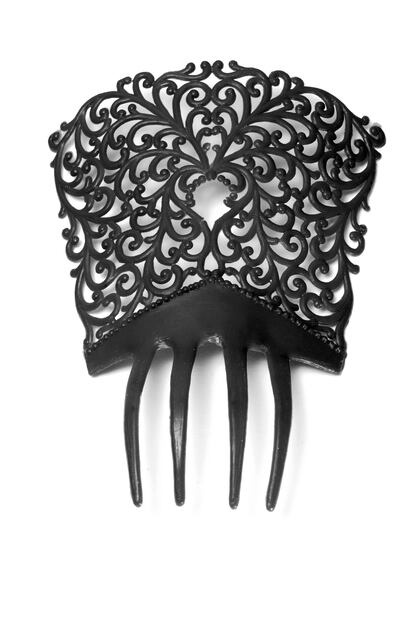
The peineta comb
Invented in the 18th century by an anonymous creator.
The comb was originally made from turtle shells. Fortunately, nowadays it is made from synthetic materials, though its use remains unchanged, with some women wearing it in their hair at weddings, baptisms, communions and traditional fiestas to dramatic effect.
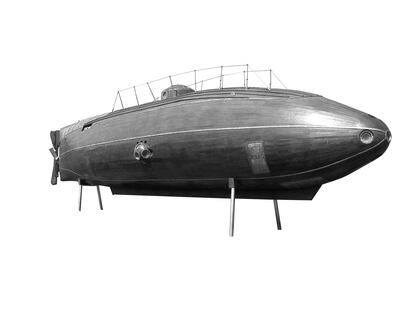
The engine-driven submarine
Invented by Narcís Monturiol in 1859.
In the middle of the 19th century, the Catalan engineer, intellectual, politician and inventor Narcís Monturiol decided that it was possible to travel below sea level, and he eventually came up with the first fully functional engine-driven submarine.
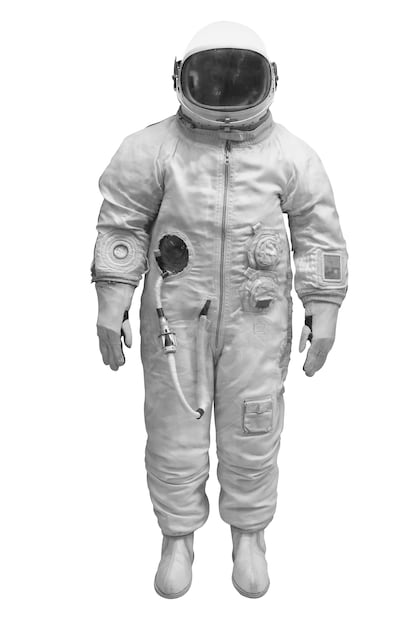
The spacesuit
Invented by Emilio Herrero in 1935.
The hot air balloon enthusiast Emilio Herrero is undoubtedly the Spanish inventor who has taken the concept of comfort the furthest. In fact, the sky was not the limit for this creative genius, who came up with a protective outfit that would ward off the cold when traveling into the stratosphere in a hot air balloon. Thirty years later, his design inspired NASA’s spacesuit that was used for the 1969 moon landing. An active member of the Spanish Republic in exile, Herrero’s achievements were recognized internationally but not in Spain itself until some years after his death in 1967.
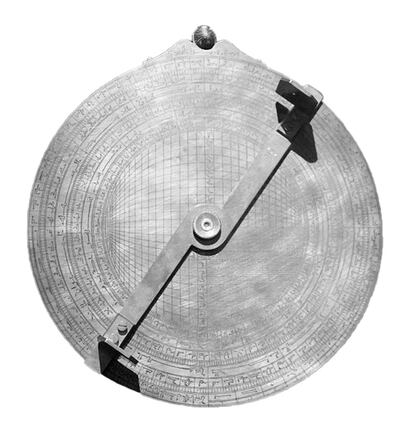
The al-safiha or azafea
Invented by Al-Zarkali in the 11th century.
The al-safiha or azafea is one of the many inventions to emerge from the scientific community in Al-Andalus, or Islamic Spain. Al-Zarkali’s enhanced astrolabe contributed not only to astronomy but also to navigation. This instrument allowed astronomical observation at any terrestrial latitude. The azafea also made it possible to calculate the height of the sun above the horizon, its position within the astrological segments and the geographical latitude of the place of observation.

The foosball table
Invented by Alexandre Campos in 1937.
The most widely extended version of table soccer or foosball was invented by a Galician poet, editor, anarchist and inventor who decided at the start of the 20th century that the world’s most popular sport could be played in the comfort of our own homes – or at the local bar! – without having to do any actual running.
English version by Heather Galloway.


